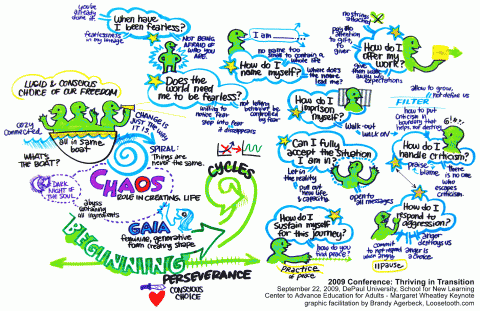One of the common misconception about play is that it is necessarily purposeless, and therefore can’t possibly have any place in business. Harvard scholar and jazz pianist (and mentor) Frank Barrett calls improvised play a form of “disciplined imagination” reminding us that play can also be wildly productive and innovative.
What does purposeful play require?
Naming the Purpose: Whether the purpose is to play a game, energize a team, or create space to generate new product ideas, naming the purpose of the play is essential for engaging and aligning the passion and energy of all collaborators.
Making Space for the Play of New Ideas: This means valuing the space and its necessity for ideas to play within it enough to: Not check email, answer the phone, and engage in distractions, as well as fostering the relational, generative, safe, timeful and provocative dynamics necessary for engaged creative collaboration.
The Discipline of Playing Time: Star athletes and breakout artists mature their talent by dedicating hours and hours of playing time—not now and then, but routinely, with dedication and commitment that values both the process and product of their play.
Curiosity: Approaching the playing space with an attitude of inquiry, rather than a singular focus on perfection. Playspace is space for experimentation and exploration. People who play with purpose are always looking for a better, more interesting, and innovative way.
Persistence and Perseverance: People who are fully engaged are much more likely to persevere through the inevitable twists and turns of innovating, learning and changing. Returning to the essential core that sparked your passion for playing in the first place can regenerate the motivation and commitment to forge ahead and engage the discipline that allows the imagination to flow again.
Purposeful play transcends the work-play dualism that leads many to dismiss play as inappropriate for serious endeavors. What could be more serious for business than a commitment to making space for innovating, learning and changing?

